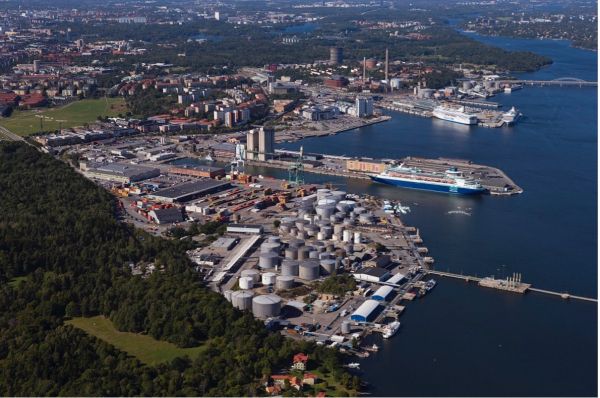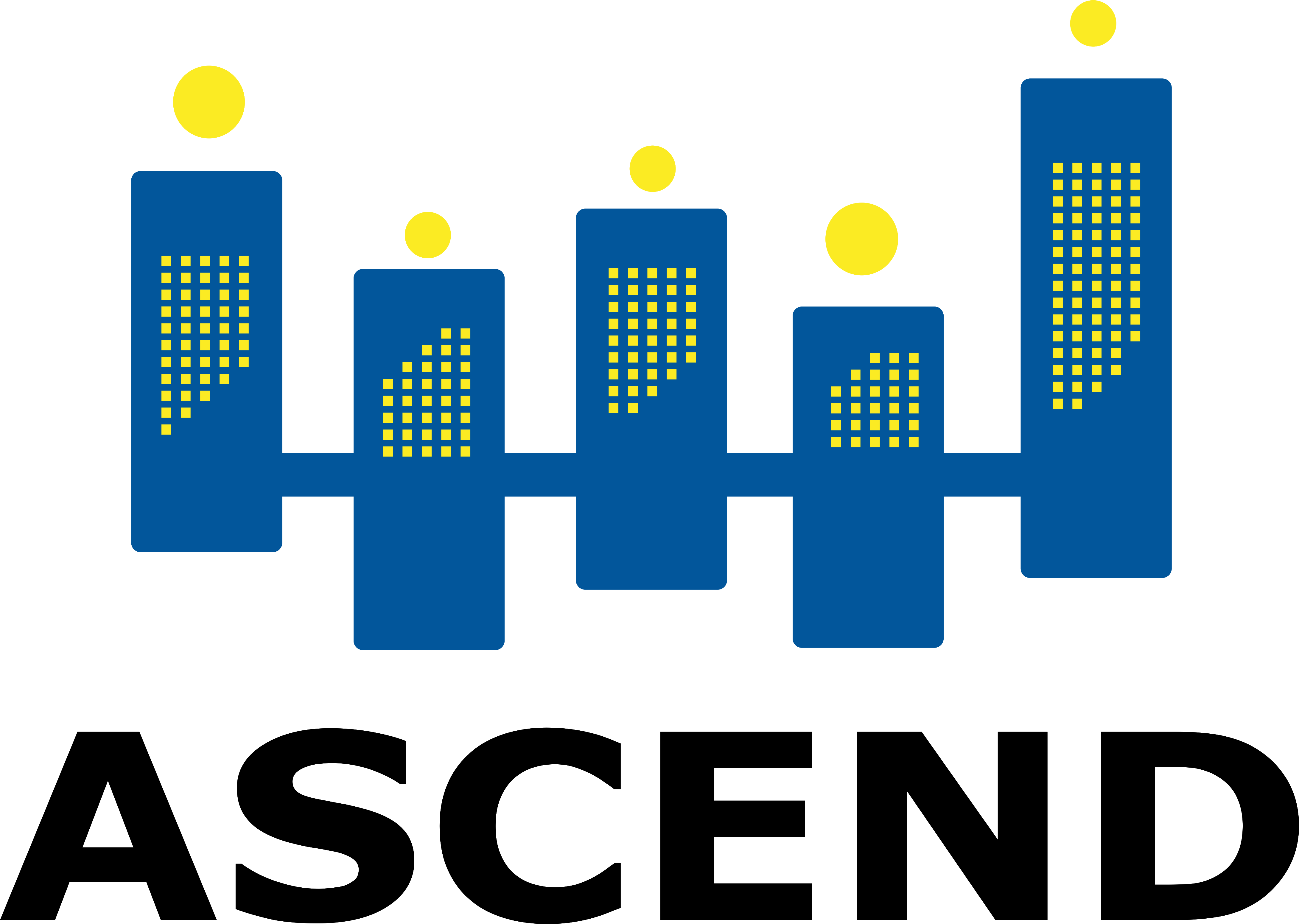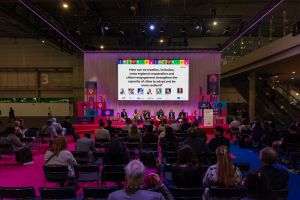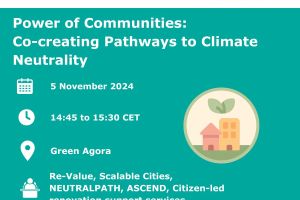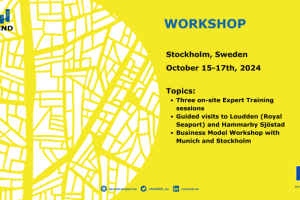Stockholm is advancing its sustainable mobility agenda through a combination of citywide electrification initiatives and area-based demonstrations. The strategy focuses on reducing emissions from transport while improving accessibility, infrastructure quality, and the urban environment. Central to this effort are two interlinked actions: the Electrification Pact and the STOLT demonstrator platform.
Key Developments in Stockholm’s SP4 Solutions
Electrification Pact – Scaling charging infrastructure and public-private collaboration
Stockholm has rapidly increased its charging capacity, now offering approximately 6,700 public charging points, including 1,700 located on city streets. The city has also expanded its collaborative platform, the Electrification Pact, a public-private network that currently includes nearly 100 members from the energy, automotive, and logistics sectors.
In 2024, the Pact:
• Installed approximately 800 new street-level charging points
• Launched over 50 public ultra-fast chargers, including infrastructure for electric taxis in the planned Class 3 Environmental Zone
• Welcomed 17 new members and initiated two focus groups to drive sector-specific actions
• Conducted large-scale and small-group network meetings and public campaigns
A renewed direction was announced at Stockholm City Hall in early 2025, with leadership from the Acting Mayor of Finance and Mayor of Traffic, alongside CEOs from Scania, Ellevio, and Volkswagen. The updated focus includes:
• Developing appropriate charging infrastructure and grid capacity
• Implementing regulation to support accelerated transition
• Promoting zero-emission vehicle deployment and services
Ellevio, a key stakeholder, has committed over SEK 10 billion to date and plans to invest an additional SEK 19 billion in Stockholm’s electricity grid by 2030. The company also aims to fully electrify its own and subcontractors’ vehicles and work machinery.
STOLT (Stockholm Local Transitions) – System demonstrator for emission-free inner city
STOLT functions as both a demonstration and transition platform to support the goal of a fossil-free inner city by 2030. It builds on the introduction of a Class 3 Environmental Zone in the Old Town to pilot strategies that reduce car travel, electrify urban transport, and enhance the urban environment.
The project consists of coordinated demonstrations that target:
- Reduction in car traffic
- Electrification of fleets and services
- Improvement of public space quality
Through STOLT, Stockholm is also developing internal capabilities in system innovation, collaborative governance, digital transformation, and adaptive learning.
Lessons Learned
- Integrated Action Platforms Foster Acceleration: Stockholm’s networked approach through the Electrification Pact shows how collaboration across sectors supports rapid infrastructure rollout and shared commitments.
- Area-Based Demonstration Supports System Innovation: STOLT’s targeted implementation demonstrates how emissions reduction, urban livability, and capacity-building can be advanced together.
- Grid Investments Are Critical Enablers: Large-scale electrification requires smart grid development to accommodate increased demand and ensure long-term system resilience.
- Stockholm’s SP4 strategy combines large-scale infrastructure deployment with localised innovation, offering a replicable framework for urban mobility decarbonisation aligned with the city’s climate neutrality goals.
